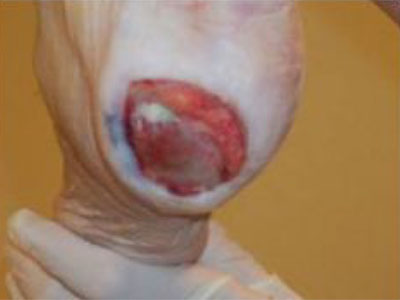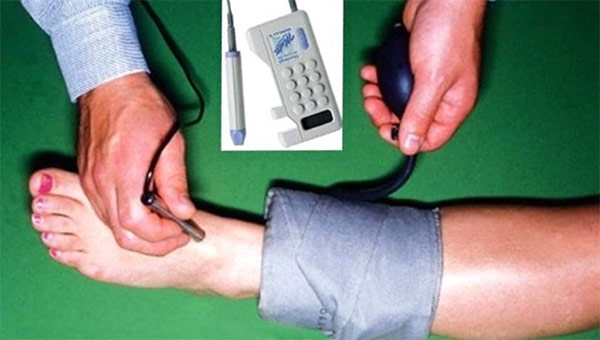Spotlight on Physical Therapy
May 7th, 2018 | ArchiveThis month we have a guest contributor, Dustin Maracle, from the Lattimore Physical Therapy and Sports Rehabilitation Network, one of our newly added specialty practices to the network. If you would like to be a guest contributor to AHP5 please email Melissa Claybaugh.
Physical Therapy and its Role in our Healthcare System
My name is Dustin Maracle and I am a Physical Therapist and co-owner of the Lattimore Physical Therapy and Sports Rehabilitation Network in Rochester, NY. Like all members of the Accountable Health Partners (AHP), our group is tasked with taking on the challenge of utilizing our professionals in a way that provides the best possible outcomes to patients in our community at the best value. The proper use of physical therapy in our healthcare system is to provide cost-effective conservative treatment to patients through the use of quality, evidence based methods of prevention, rehabilitation and health and wellness. I hope this article can help speak to the role of physical therapy and how it can show immediate, quantifiable changes in both patient outcomes and cost reduction.
The American Physical Therapy Association (APTA) defines a physical therapist as a licensed health care professional who can help patients reduce pain and improve or restore mobility, in many cases without more expensive surgery and often reducing the need for long-term use of prescription medications. The profession has grown considerably over the past several decades, along with the patients we treat. All physical therapists enter the work force with a Doctor of Physical Therapy (DPT) degree, with a greater knowledge base to diagnose and differentiate as front line providers. This, we hope, will continue to lessen the burden of neuro-musculo-skeletal conditions and injuries to our colleagues in the healthcare setting.
The role of physical therapists in rehabilitation has long been accepted by our colleagues. There has been a large amount of research and support for the use of physical therapy when compared to other more costly treatments such as surgery, imaging and pharmaceuticals. Listed are just a few examples:
• Physical therapy a good initial alternative for some back conditions (Annals of Internal Medicine, 2015).
• Physical therapy a reasonable alternative to surgery for patients with some cases of osteoarthritis and meniscal tears (New England Journal of Medicine, 2013).
• Physical therapy vs imaging as first management strategy following new low back pain in Primary Care shows significant reduction in costs (Spine, 2012).
• Physical therapy over the use of opioids for pain when the situation is not cancer related, palliative care, end of life care and some other properly diagnosed acute injuries (Center for Disease Control and Prevention (CDC), 2016).
The role of physical therapists as leaders in our current healthcare setting is less understood by other professionals. In our current healthcare setting, the responsibility of the physical therapist to assist in cost reduction to our community is paramount. Rehabilitation of patients is one part of this equation, but the others are prevention, health and wellness. Many patients we see have co-morbidities, and the physical therapist is educated to provide interventions to patients to increase physical activity (among appropriate guidelines and precautions) to reduce excess body mass, improve overall health and reduce associated chronic disease risks. One of the biggest burdens our healthcare professionals encounter in American lives is the chronic diseases (cardiovascular, diabetes, obesity, hypertension, LBP), and these issues can in large be regulated through modifiable behaviors. The physical therapist can and should play a key role in education and prevention of these chronic diseases.
I am excited to be a part of our initiatives in rehabilitation, prevention and health and wellness in the Rochester community. As part of the AHP network, our responsibility to our patients and colleagues has grown. To rise to the challenge, we have created initiatives such as:
• Medically Oriented Gyms (MOGs): The first in Rochester, the concept of our MOGs is to bridge the gap between patient and health and wellness, taking direct supervision and responsibility of our members to help reduce overall morbidities and cost reduction. Pilot studies of this concept through BlueCross BlueShield of Western New York in Buffalo have shown average cost reductions of $4,000/individual/year in health care costs (n 102).
• Workplace Solutions: Training therapists to properly educate and assess work related tasks to reduce overall costs in injury and work related time loss.
The role of physical therapy should be utilized in our current healthcare network to partner with our colleagues in providing the best possible outcomes for each patient. Much research has been accumulated to show the benefits of physical therapy in patient outcomes and cost reduction. There are hurtles of course, such as high deductibles and co-pays to see a physical therapist at a higher frequency or at all. These have been voiced by some providers that hesitate to send a patient to physical therapy, understanding the financial burden. I would encourage any provider to initiate the conversation of physical therapy to the patient, to contact and establish trust with therapists in your community, and rely on us to help with that conversation. It is the responsibility of the physical therapist to properly educate the patient on the benefits and long term success when done effectively. Ultimately, if the patient is a candidate and would benefit from physical therapy, the overall outcome for their health will be greatly improved and they will rely less on other medical costs, which have proven to be a bigger burden on the patient and our healthcare community.
Dustin Maracle, PT, DPT, MS, COMT, SCS, CSCS
Clinical Director-Co-Owner: Lattimore Physical Therapy and Sports Rehabilitation Network
You can find information on all participating Physical Therapy practices here: http://www.ahpnetwork.com/search-provider/ .
















